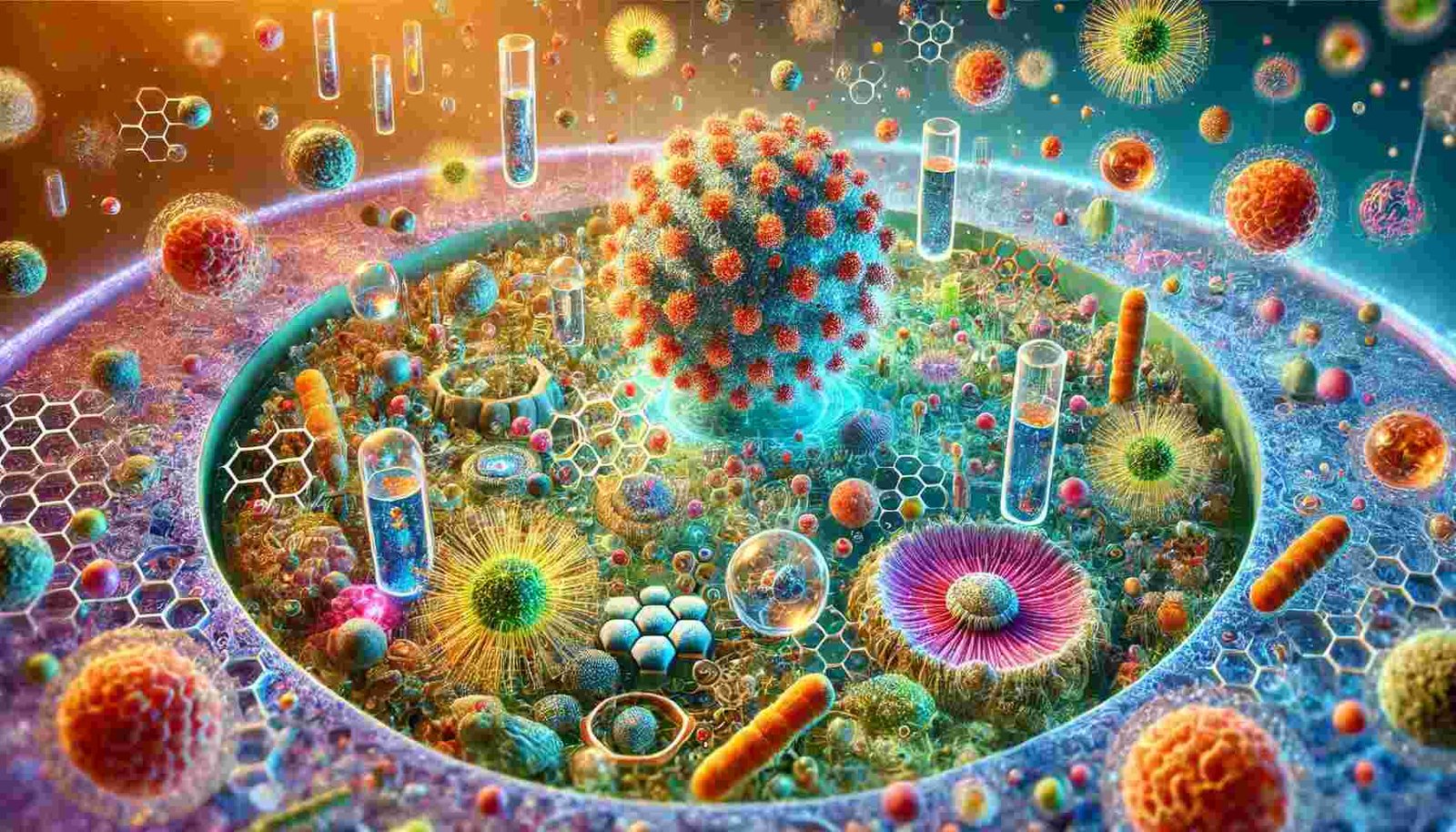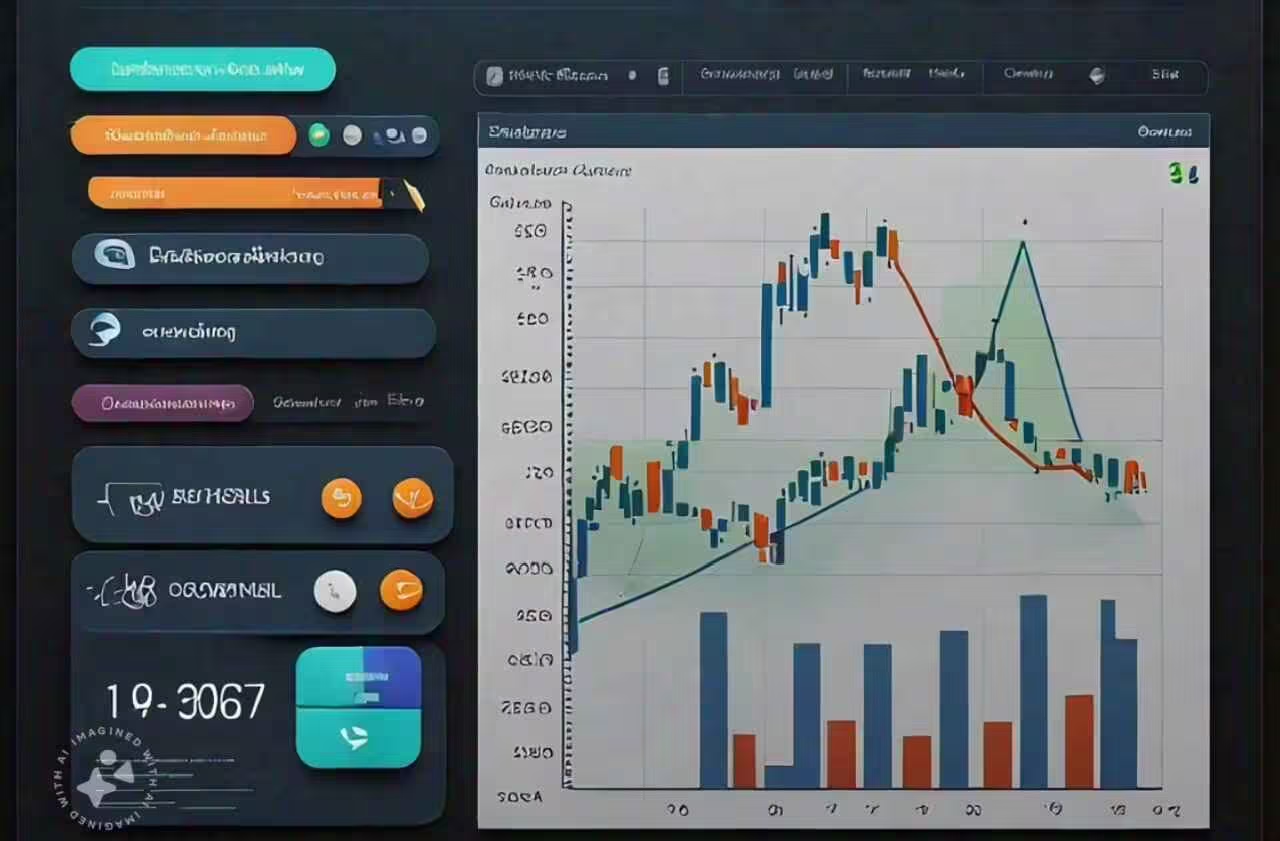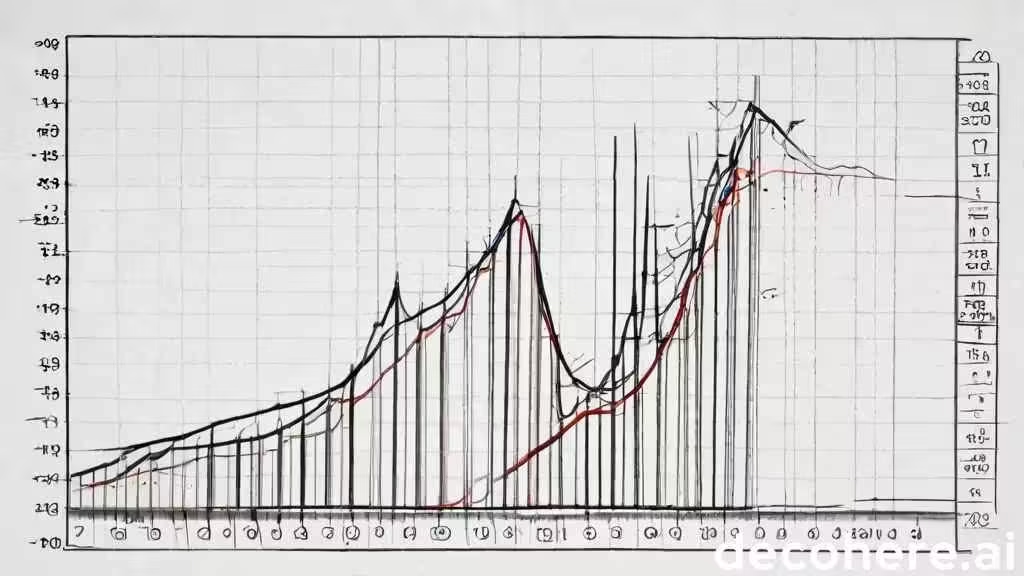Exploring the Microverse – A Journey into Tiny Worlds

The microverse is a concept that has long fascinated scientists, writers, and curious minds alike. This journey into tiny worlds allows us to explore realms that exist beyond the limits of our senses, where atoms, molecules, and subatomic particles define reality. From the realms of nanotechnology to the world of quantum physics, the microverse is not just a figment of imagination but a frontier of scientific exploration.
Table of Contents
ToggleIn this blog post, we will dive into the depths of the microverse, examining its scientific foundations, real-world applications, and the reasons why it captivates our imagination. As we embark on this journey, we will uncover how tiny worlds hold the keys to understanding the universe on a grander scale.
What is the Microverse?
The term “microverse” refers to realms that are smaller than the visible world, often at the microscopic or even atomic scale. While the concept has become popular in science fiction, it has scientific roots in fields like quantum mechanics, particle physics, and nanotechnology. Essentially, the microverse encompasses any environment or world that exists within a tiny scale, too small to be seen with the naked eye.
The Science Behind the Microverse
The microverse is rooted in quantum theory and particle physics, where the study of the smallest particles has revealed a world filled with complex interactions and phenomena. In quantum theory, particles like electrons and quarks make up the fundamental building blocks of matter. These particles operate under rules that are vastly different from those governing larger objects, leading to fascinating discoveries such as quantum entanglement and superposition.
Nanotechnology, on the other hand, is the practical application of the microverse. This field involves manipulating materials at the atomic or molecular scale to create new structures and devices. By working within the microverse, scientists can design materials with unique properties, leading to innovations in medicine, electronics, and environmental science.
Microverse in Science Fiction
The idea of the microverse has also captured the imagination of science fiction writers and creators. In comics, we see heroes shrinking down to microscopic sizes, exploring hidden worlds within our own. Movies like Ant-Man and series such as Rick and Morty have popularized the concept, portraying characters who can access realms that are otherwise beyond human reach.
In these stories, the microverse is often portrayed as a parallel dimension or hidden universe, filled with its own inhabitants and landscapes. This fantastical portrayal of the microverse appeals to our sense of wonder, inviting us to imagine what lies beneath the surface of our reality.
Exploring the Real-World Microverse: Nanotechnology and Beyond
While the microverse often seems like the stuff of science fiction, it also has a firm grounding in real-world science. Nanotechnology, quantum computing, and even microbiology are fields where the microverse comes into play, allowing us to explore and manipulate tiny worlds.
Nanotechnology: A Glimpse into the Microverse
Nanotechnology is one of the most exciting ways we access the microverse. By working on a scale of nanometers, scientists can create materials with properties that differ drastically from their larger-scale counterparts. For example, carbon nanotubes are incredibly strong yet lightweight, making them ideal for use in construction and electronics.
Nanotechnology has applications in medicine as well. Scientists are developing micro-robots that can be injected into the bloodstream to target specific cells or deliver drugs directly to affected areas. This level of precision would be impossible without access to the microverse, showcasing the incredible potential of this field.
Quantum Computing and the Microverse
Quantum computing is another area where the microverse has transformative potential. Unlike classical computers, which use bits to process information, quantum computers use qubits, which can exist in multiple states simultaneously. This allows them to perform complex calculations much faster than traditional computers.
Quantum computing relies on principles of the subatomic particles , such as superposition and entanglement, to operate. As research advances, we may see quantum computing revolutionize industries by solving problems that are currently unsolvable with conventional technology.
Biological Microverse: Cells and Microorganisms
The microverse isn’t limited to particles and molecules; it also includes the biological realm. The human body itself contains a vast microverse of cells, bacteria, and other microorganisms. These tiny entities are essential to our survival, playing crucial roles in digestion, immunity, and even mental health.
By studying this biological micro tech, scientists can better understand the complex interactions within our bodies and develop new treatments for diseases. Microbiology and genetic research continue to reveal the hidden world within us, demonstrating how the it is both an external and internal frontier.
The Fascination with the Subatomic World: Why Tiny Worlds Captivate Us
The concept of the microverse sparks a sense of wonder in many people. But why are we so intrigued by the idea of exploring tiny worlds? The answer lies in the power of the minuscule, the potential for alternate realities, and the insatiable quest for knowledge.
The Power of the Minuscule
In the microverse, even the smallest particles can have a massive impact. Consider the atom, which forms the basis of all matter. By understanding the behavior of atoms and subatomic particles, scientists have unlocked the secrets of chemistry, physics, and even the nature of life itself. The microverse teaches us that size doesn’t limit power; in fact, it often enhances it.
This fascination with the tiny is what drives fields like nanotechnology and particle physics. By exploring these small worlds, we gain insights that have the potential to transform our understanding of the universe.
Parallel Worlds and Possibilities
The microverse also opens the door to the idea of parallel worlds or alternate dimensions. Science fiction often explores the notion that hidden within our own universe are countless subatomic worlds, each with its own rules and inhabitants. While these are speculative ideas, they capture our imagination and make us wonder what other realities might exist just beyond our perception.
The Quest for Knowledge
Finally, the microverse is a testament to humanity’s relentless pursuit of knowledge. Whether it’s exploring the structure of atoms or developing micro-robots to cure diseases, the micro verse represents the unknown. It is a frontier that constantly pushes us to expand our understanding, test the limits of our technology, and re-evaluate our place in the cosmos.
The Potential of the Microverse: Applications and Implications
The microverse is more than just a fascinating concept; it has real-world applications that could revolutionize various fields. From medicine to environmental science, the microverse holds promise for innovations that could change our lives.
Medicine and Micro-Robots
One of the most exciting applications of the microverse is in the field of medicine. Scientists are developing tiny robots that can navigate the
human body at the cellular level, offering unprecedented precision in diagnosing and treating diseases. These micro-robots, also known as nanobots, have the potential to revolutionize how we approach health care by performing tasks that are currently impossible with conventional tools. For example, they can target cancer cells directly, deliver medications precisely where they are needed, or even repair damaged tissues at the microscopic level.
Such applications could minimize side effects and improve patient outcomes by making treatments less invasive and more efficient. As technology advances, these micro-robots could become a standard tool in surgeries, drug delivery, and other medical procedures, taking advantage of the microverse to improve health care in ways previously limited to the realm of science fiction.
Environmental Science and Nanoparticles
The microverse also has significant potential in environmental science, particularly through the use of nanoparticles. These tiny particles can be engineered to clean up pollutants, monitor environmental changes, and even combat climate change. For example, scientists are developing nanoparticles that can break down toxic chemicals in water or capture carbon dioxide from the atmosphere.
By leveraging the properties of materials at the nanoscale, environmental scientists can address complex ecological problems with greater precision and efficiency. Nanoparticles can be tailored to react only with specific pollutants, making them an ideal solution for targeted environmental interventions. Additionally, microverse technology could lead to the development of sustainable materials and energy sources, contributing to a cleaner, healthier planet.
Future Technologies Inspired by the Microverse
As our understanding of the microverse grows, it opens up new possibilities for future technologies that are only beginning to be imagined. These might include ultra-small computing devices, advanced energy storage solutions, or new materials with unprecedented strength and flexibility.
In the realm of computing, for example, the principles of the microverse could lead to the development of molecular or atomic-scale processors, making devices more powerful and compact. In energy, researchers might develop new types of batteries or fuel cells that leverage nanoscale interactions to store and release energy more efficiently.
Such innovations would have far-reaching implications for industries ranging from aerospace to consumer electronics, transforming the way we live, work, and interact with technology.
Challenges and Ethical Considerations of Microverse Exploration
As with any new frontier, the exploration and manipulation of the microverse come with their own set of challenges and ethical considerations. While the potential benefits are immense, so too are the risks, and it is essential to approach this area with caution and responsibility.
Ethical Concerns in Nanotechnology
One of the primary ethical concerns surrounding the microverse is the use of nanotechnology. The ability to manipulate matter at such a small scale raises questions about safety, privacy, and control. For instance, nanoparticles could potentially be used to create powerful new weapons or surveillance tools that are difficult to detect.
There are also concerns about the long-term health effects of exposure to nanoparticles, as these tiny materials can behave unpredictably when introduced to biological systems. Researchers and policymakers must work together to establish regulations that ensure nanotechnology is used safely and responsibly, balancing innovation with public health and safety.
Environmental Impact of Micro Technologies
While micro technologies offer solutions for environmental problems, they also have the potential to create new issues. The production and disposal of nanoparticles, for example, could lead to contamination of ecosystems if not managed properly. Unlike larger particles, nanoparticles can easily penetrate soil and water, potentially affecting plants, animals, and entire ecosystems.
It is essential to conduct thorough research on the environmental impact of these materials and develop strategies for mitigating any adverse effects. This includes responsible manufacturing practices, safe disposal methods, and ongoing monitoring to ensure that micro technologies do not inadvertently harm the planet.
Privacy and Security Concerns
As microverse technology advances, privacy and security concerns also come to the forefront. Micro-robots and nanoparticles have the potential to monitor, track, and even manipulate individual behavior in ways that are difficult to detect. This raises questions about consent, autonomy, and the potential for misuse.
For instance, if micro-robots can be used for medical purposes, could they also be employed for invasive surveillance? As with any powerful technology, there is the risk that it could be used for nefarious purposes. Establishing robust ethical guidelines and legal frameworks will be essential to prevent abuse and protect individual rights as we continue to explore the subatomic world.
Conclusion
The micro universe is a realm of endless possibilities, offering insights into the fundamental nature of reality while presenting opportunities to revolutionize various fields. From nanotechnology and medicine to environmental science and computing, the microverse holds the key to advancements that could transform our world.
As we venture further into these tiny worlds, we are reminded of humanity’s innate curiosity and drive to explore. However, with this exploration comes the responsibility to ensure that our pursuit of knowledge is balanced with ethical considerations and respect for the broader impact of our actions.
Whether you are a scientist, a tech enthusiast, or simply someone fascinated by the mysteries of the universe, the microverse offers a glimpse into the hidden complexities that define our world. By understanding and embracing this frontier, we can continue to push the boundaries of what is possible, unlocking new potentials while safeguarding the future for generations to come.
Read Previous Article: Ragnarok Rising Legends Awaken – A Mythic Journey Through Norse Destiny and Valor





